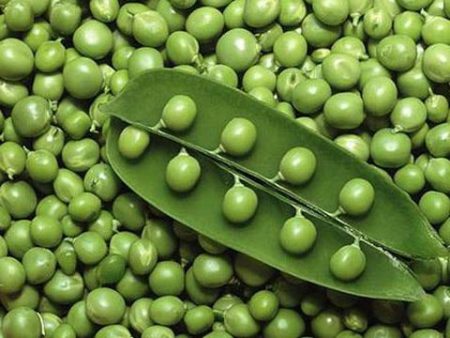 Many owners of plots in the country or gardens will necessarily cultivate peas. We decided to tell how landing and caring for it is carried out in the open ground. And it is desirable to plant peas, because it is not just tasty, but also healthy.
Many owners of plots in the country or gardens will necessarily cultivate peas. We decided to tell how landing and caring for it is carried out in the open ground. And it is desirable to plant peas, because it is not just tasty, but also healthy.
During its development, this culture saturates the soil with nitrogen, which very well affects its productivity. Peas grow on any soil. Soils with a high degree of acidity, which inhibit the development of the root system, are not suitable, which subsequently leads to pea disease and its weakness. If there is no other option and the soil on the site is still acidic, then before planting the seeds, treat it with lime at a rate of 350 g / m? Sandy soils are also not quite suitable, since they have poor productivity. The best option is a soil with a good moisture content and a high humus content (decayed residues of plant and animal origin). In addition, this culture loves a large amount of sun and light.
Did you know that legumes and nodule plants often interact with each other, you can read about this in this article https://en.tomathouse.com/4/
Which grade to choose?
In order to choose a pea variety, you need to know the purpose for which you grow it. Pea variety depends on the target. Recipes for different dishes involve the use of different varieties. In total there are 3 varieties: sugar, shelling and semi-sugar. The first grade is interesting in that it is very much loved to be consumed fresh and canned. For soups, a peeling grade is ideal. This type of variety must be dried after harvesting. Pea varieties are divided into early, mid-season and late. Since the ripening time of each variety is completely different, you can enjoy juicy young peas all summer long.
Germination test
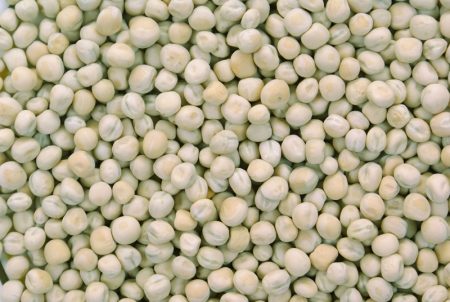
Checking the seeds is very simple. To do this, 1 liter of warm water (but not boiling water) with dissolved 1 tbsp. tablespoon of salt (not iodized). Immerse the seeds in this solution. Those peas that have surfaced can be safely thrown away; they did not pass the test. They are flawed. But the remaining peas are washed well with running water and remain until completely dry.
Landing
Pea planting time is early spring. There are 2 ways to plant it.
The first way: for the seeds to sprout quickly, they must first be held in relatively warm water for about 12 hours, while not forgetting to change the water every 3 hours. During this period, the peas swell. When time runs out, carefully drain the water and let the peas dry. Sometimes a growth regulator is added during the soaking process.
The second way: the peas can be planted dry, it is desirable that the earth is moist. If the seeds are good, then their swelling will occur in the soil. With this method of planting, peas germinate much later than with the first method.
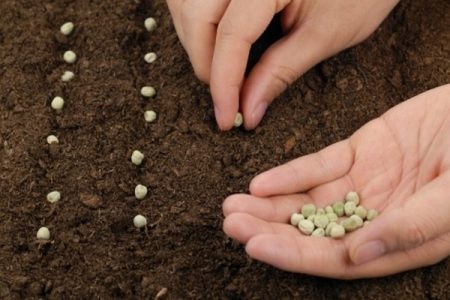
This plant is not afraid of either frost or cold. That is why it can be planted since the end of April, although the beds are prepared in advance, that is, in the fall. For this purpose, the garden is dug up to 30 cm in depth. Fertilizer is required. It can be humus, compost. And in the spring you need to fertilize again.
This crop is able to germinate at a temperature of + 6 ° C, although the optimum temperature for growth is + 10 ° C. If you plan to use peas of several varieties, it will be more rational to plant it in several stages.This plant, it turns out, does not like heat, therefore, planted in the hot period, it will no longer bloom. You will receive your first crop at the end of June, therefore, in July or even in August, other varieties can be planted. Get this crop by the fall.
Landing Features
When planting peas, use the tape method. One tape includes 3 rows, between which the distance depends on the variety. For example, sugar requires about 40 cm, but for peeling - 25 cm. Maintain a distance of no more than 50 cm between the ribbons, but the depth of planting can be 4 cm.
Pea care
This plant is not whimsical at all, and there are no special rules for caring for it. But there are 2 periods in which fertilizing is very important. This is the period immediately before flowering and the moment that precedes the ovary. Immediately after planting, it is necessary to trample the earth or simply cover it with a film. Such measures are necessary to protect future seedlings from birds.
Although peas love soil with a good moisture content, they do not like frequent watering. It is enough to water it just a few times. Once before the first green, the second - just before flowering, and the third - when the peas are already full. But the soil itself needs to be loosened, thus improving the access of oxygen to the soil. When the plant stretches to a height of up to 25 cm, then it will need support.
Peas are very fond of aphids, so rinse the plant with water to get rid of it. But plants that are infected with powdery mildew, remove from the garden, otherwise it will infect the rest.
Harvest
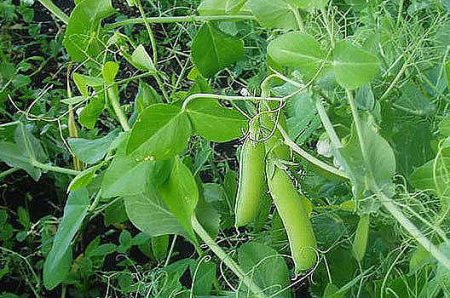
The plant quickly ripens, so as soon as the pod has become bright green, boldly pluck it.
In one place, peas can be planted again only after 4 years. After the peas, plant the radishes. A decoction of peas is used as a diuretic.
It will not be superfluous to know Features of growing beans and outdoor care.

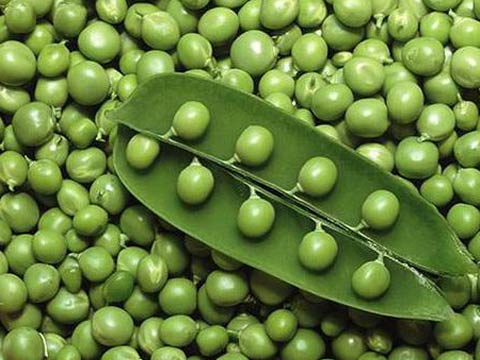
loubov
Dear, Very interesting and useful articles on the weather for the season I want to see on your pages a lunar sowing calendar, comments by experienced gardeners, vegetable growers, gardeners such as Kizima GA and others, Thank you for understanding